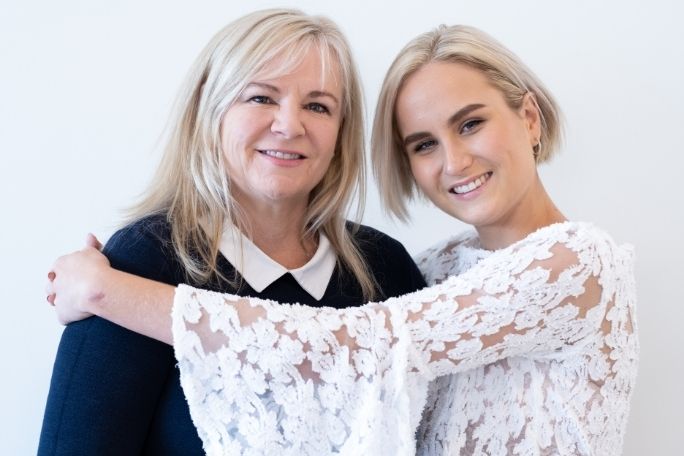Lesson summary
In this lesson, students explore the concept of altruism and connect it to the issue of organ and tissue donation in Australia. Myth-busting activities help them improve their understanding of organ and tissue donation and to help them respond to any resistance or misinformation they may encounter. Students will create a visual aid to help others understand the truth about organ donation.
Learning intentions:
Students will...
- understand what altruism is
- reflect upon their own altruistic tendencies
- learn about organ donation in Australia
- understand reasons why people donate their organs and/or tissues.
Success criteria:
Students can...
- define and give examples of altruism
- create visually appealing myth-busting materials
- communicate effectively to encourage altruism.
Lesson guides and printables
Lesson details
Curriculum mapping
Australian Curriculum content descriptions:
Years 9 & 10 Health and Physical Education:
Evaluate situations and propose appropriate emotional responses and then reflect on possible outcomes of different responses (ACPPS094)
Syllabus outcomes: PDHPE5.3, PDHPE5.11, PDHPE5.13, PDHPE5.16
General capabilities: Literacy, Ethical Understanding, Personal and Social Capability
Cross-curriculum priority: Sustainability
Relevant parts of Years 9 & 10 achievement standards: Students evaluate the outcomes of emotional responses to different situations. Students access, synthesise and apply health information from credible sources to propose and justify responses to health situations.
This lesson is part of the wider unit of work DonateLife: Exploring Organ and Tissue Donation – Years 9 & 10
Level of teacher scaffolding: Medium – teacher will introduce activities and facilitate class discussions.
Resources required
- A device capable of presenting a video to the class
- Student devices capable of creating digital visual texts
- Student Worksheets – one copy per student
Skills
This lesson is designed to build students’ competencies in the following skills:
- Empathy
- Ethical understanding
- Social skills
- Collaboration
Additional info
This lesson has been created in partnership with DonateLife to get young Australians talking about organ and tissue donation.
Organ, eye and tissue donation saves lives, restores health and improves the quality of life for thousands of Australians each year. But did you know that only 2% of people who die in hospitals each year can be considered for organ donation? One organ donor can save the lives of up to seven people and help many more through eye and tissue donation.


Welcome back!
Don't have an account yet?
Log in with:
By signing up to Cool.org you consent and agree to Cool's privacy policy to
store, manage and process your personal information. To read more, please see
our privacy policy here(Opens in new tab).
Create your free Cool.org account.
Many of our resources are free, with an option to upgrade to Cool+ for premium content.
Already have an account?
Sign up with:
By signing up to Cool.org you consent and agree to Cool's privacy policy to
store, manage and process your personal information. To read more, please see
our privacy policy here(Opens in new tab).